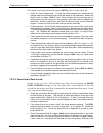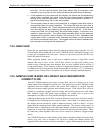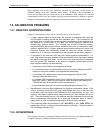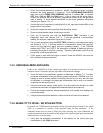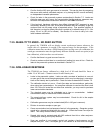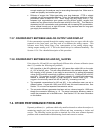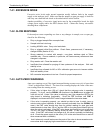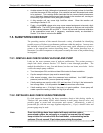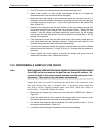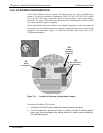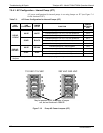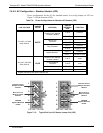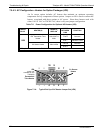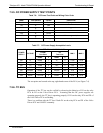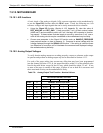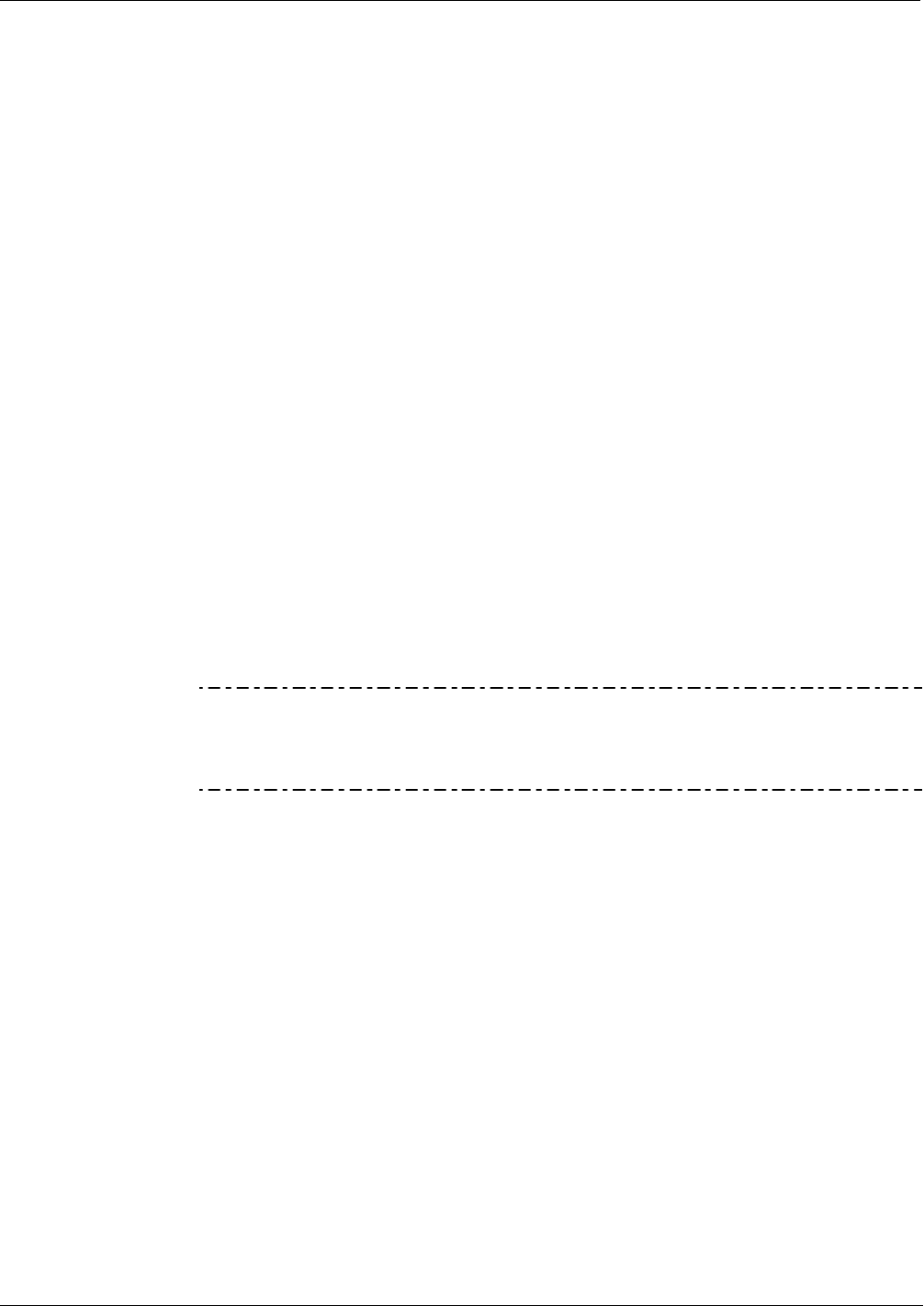
Troubleshooting & Repair Teledyne API - Model T200H/T200M Operation Manual
240
Turn OFF power to the instrument and remove the instrument cover.
Install a leak checker or a tank of gas (compressed, oil-free air or nitrogen) as
described above on the sample inlet at the rear panel.
Disconnect the pump tubing on the outside rear panel and cap the pump port. If
zero/span valves are installed, disconnect the tubing from the zero and span gas
ports and plug them (Figure 3-4). Cap the DFU particle filter on the Perma Pure
dryer (Figure 6-2).
Pressurize the instrument with the leak checker or tank gas, allowing enough time
to fully pressurize the instrument through the critical flow orifice. Check each tube
connection (fittings, hose clamps) with soap bubble solution, looking for fine
bubbles. Once the fittings have been wetted with soap solution, do not re-apply
vacuum as it will draw soap solution into the instrument and contaminate it. Do not
exceed 15 psi pressure.
If the instrument has the zero and span valve option, the normally closed ports on
each valve should also be separately checked. Connect the leak checker to the
normally closed ports and check with soap bubble solution.
Once the leak has been located and repaired, the leak-down rate of the indicated
pressure should be less than 1 in-Hg-A (0.4 psi) in 5 minutes after the pressure is
turned off.
Clean surfaces from soap solution, re-connect the sample and pump lines and
replace the instrument cover. Restart the analyzer.
7.5.3. PERFORMING A SAMPLE FLOW CHECK
Note Use a separate, calibrated flow meter capable of measuring flows between
0 and 1000 cm³/min to measure the gas flow rate though the analyzer. Do
not use the built in flow measurement viewable from the front panel of the
instrument. This value is only calculated, not measured
Sample flow checks are useful for monitoring the actual flow of the instrument, as the
front panel display shows only a calculated value. A decreasing, actual sample flow
may point to slowly clogging pneumatic paths, most likely critical flow orifices or
sintered filters. To perform a sample flow check:
Disconnect the sample inlet tubing from the rear panel SAMPLE port shown in
Figure 3-4.
Attach the outlet port of a flow meter to the sample inlet port on the rear panel.
Ensure that the inlet to the flow meter is at atmospheric pressure.
The sample flow measured with the external flow meter should be within 10% of
the nominal values shown in Table 10-3.
Low flows indicate blockage somewhere in the pneumatic pathway.
07270B DCN6512



